Artek: Art and Technology since 1935
Artek was founded in 1935 in Helsinki by four young idealists: Alvar and Aino Aalto, Maire Gullichsen and Nils-Gustav Hahl. Their aim was to "sell furniture and promote a modern lifestyle through exhibitions and other educational means".
Following the radical spirit of its founders, Artek is still today an innovative player in the world of modern design and develops new products at the interface of design, architecture and art.
The name Artek is a combination of "art" and "technology" - concepts that are central to the international modernist movement that grew in importance in the 1920s. It was Walter Gropius, an important representative of modernism, who coined the motto "Art and technology - a new unity". Technology is science and industrial production methods, while the concept of art extends beyond the fine arts to include architecture and design. Modernity sought a fruitful unification of these two spheres. This claim led the founders of Artek to name the company.
Clarity, functionality and poetic simplicity
The Artek collection consists of furniture, lighting and accessories designed by Finnish masters and leading international designers. Artek stands for clarity, functionality and poetic simplicity.
The Artek Manifesto: A Synthesis of the Arts
The Artek Manifesto describes the vision of the company's four founders. Although the immediate impulse was to professionalize the international dissemination of the Aaltos' designs, the Manifesto links Artek with a cultural mission that goes far beyond the purely commercial.
With slogans such as Modern Art, Industry and Interior Design, Propaganda, the Manifesto makes clear Artek's goals: to achieve a synthesis of the arts, to improve everyday life and to bring modernity to Finland - and at the same time to carry Alvar Aalto's Nordic interpretation of these principles out into the world.
Standardized individual components: the L-leg
A characteristic feature of Alvar Aalto's work is the system of standardised individual components that can be combined to form a comprehensive furniture collection. While the beginnings of the idea can be seen in the L-leg, the Aalto collection goes even further: products can be easily combined and coordinated, formats such as table sizes and heights are flexible, surfaces and colours can also be adapted for small projects.
At the end of the 1920s Aalto worked with furniture manufacturer Otto Korhonen on a number of innovative techniques. This led to the development of the L-leg, an L-shaped foot made of solid curved wood, which made it possible to manufacture more than 50 different products.
Further experiments with pressed plywood and laminated birch lamella led to results that made some of Aalto's most famous designs possible.
Website by artek

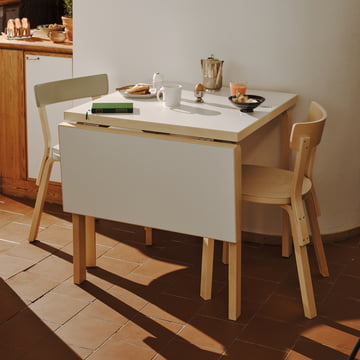
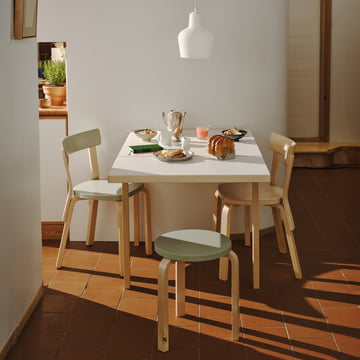
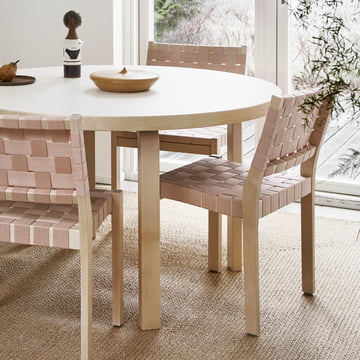
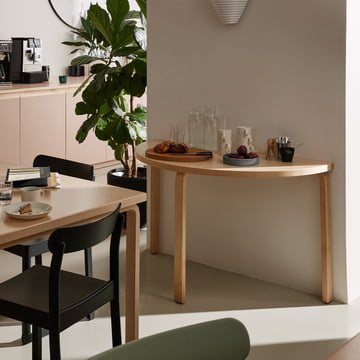
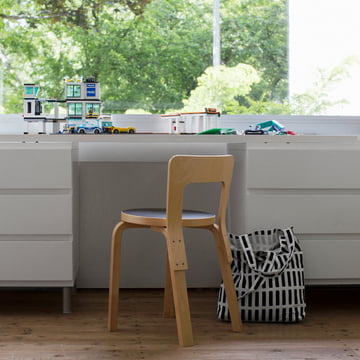 Artek - abc collection
Artek - abc collection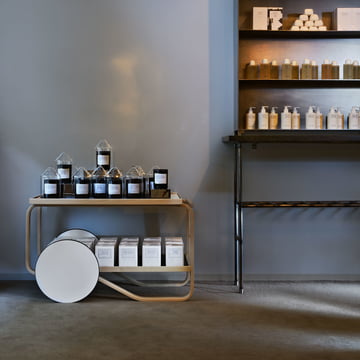 Artek - Fin/jpn friendship collection
Artek - Fin/jpn friendship collection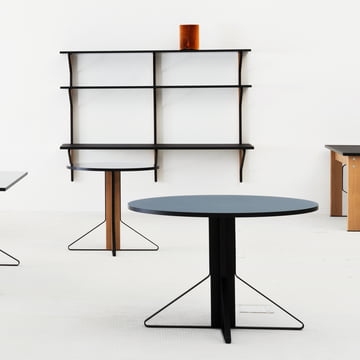 Artek - Kaari Collection
Artek - Kaari Collection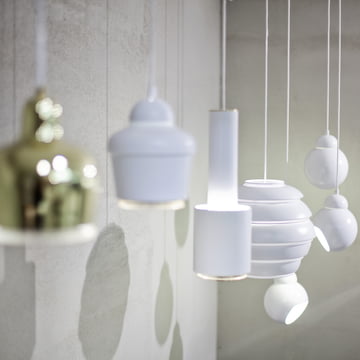 Artek - Lamps Collection
Artek - Lamps Collection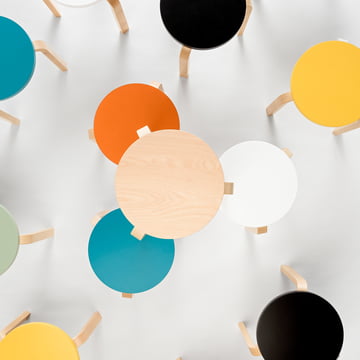 Artek - Stool 60
Artek - Stool 60 Alvar Aalto
Alvar Aalto
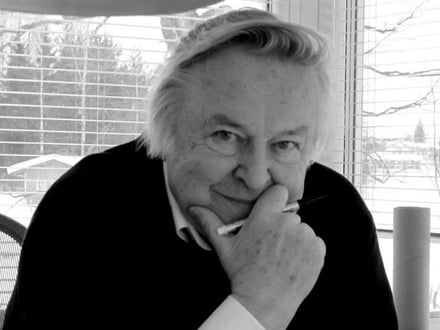 Eero Aarnio
Eero Aarnio
 Harri Koskinen
Harri Koskinen
 Ilmari Tapiovaara
Ilmari Tapiovaara